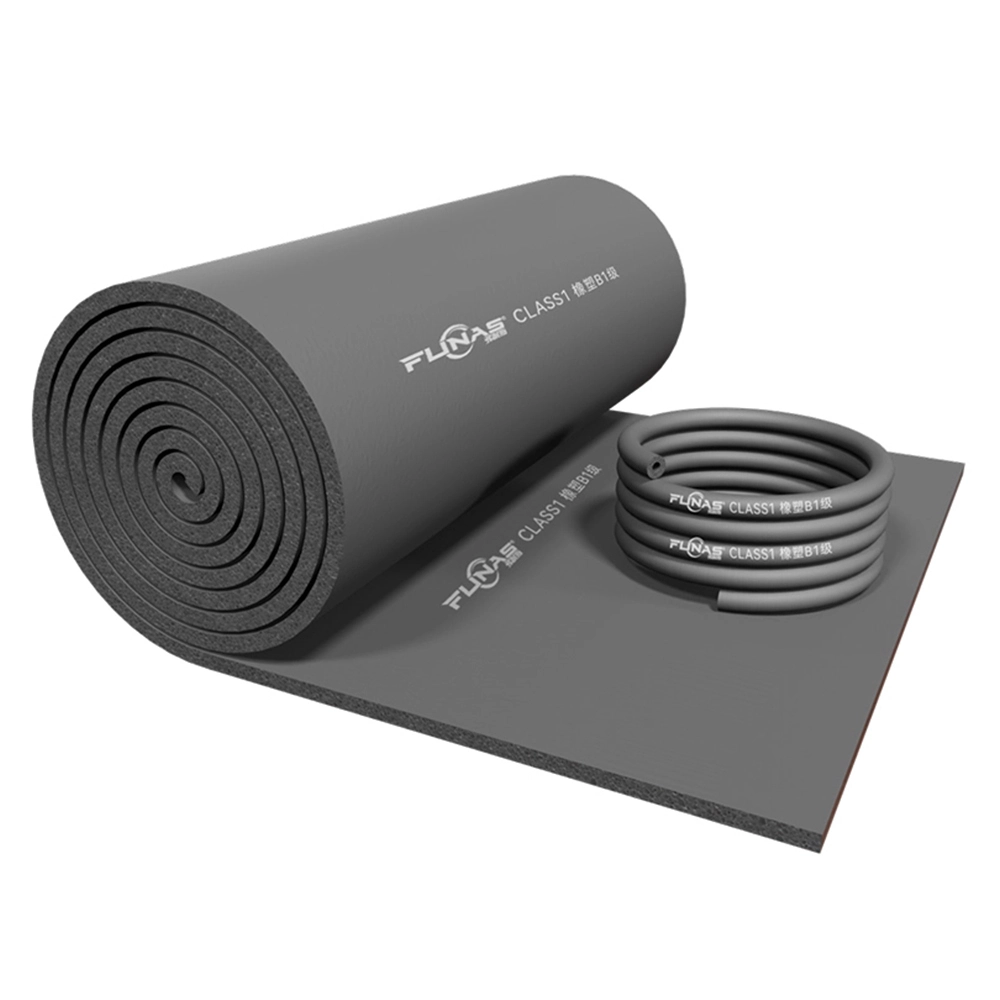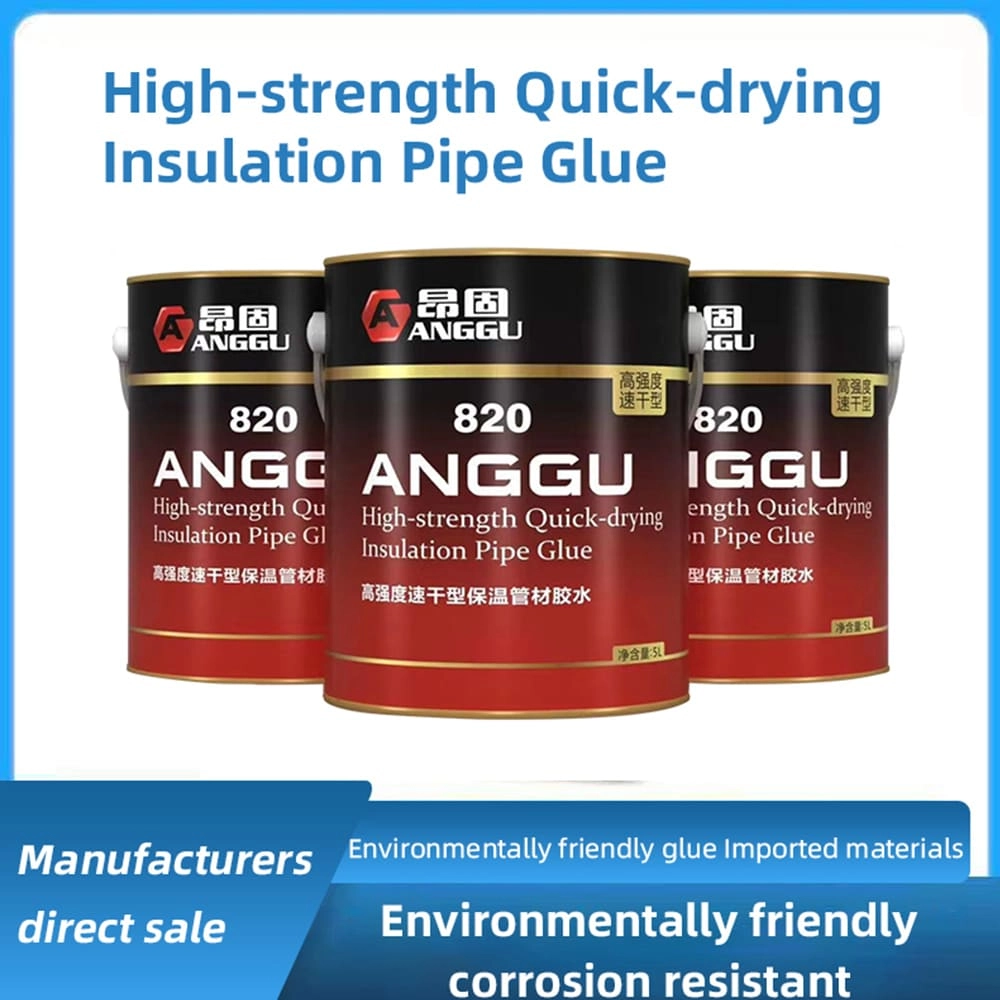what is foam pipe insulation | FUNAS Expert Guide
Discover the essentials of foam pipe insulation in the thermal insulation materials industry. This blog answers the top 5 questions buyers often ask, covering its definition, benefits, applications, selection criteria, and maintenance. Learn how to make informed procurement decisions with the latest industry data and professional insights to ensure energy efficiency and cost savings.
- What is Foam Pipe Insulation? A Guide for Thermal Insulation Buyers
- 1. What Are the Benefits of Foam Pipe Insulation?
- 2. Where is Foam Pipe Insulation Commonly Used?
- 3. How Do I Choose the Right Foam Pipe Insulation for My Needs?
- 4. What Are the Latest Trends in Foam Pipe Insulation Materials?
- 5. How Should Foam Pipe Insulation Be Maintained After Installation?
What is Foam Pipe Insulation? A Guide for Thermal Insulation Buyers
Foam pipe insulation is a critical component in the thermal insulation materials industry, designed to minimize heat loss or gain in piping systems. Typically made from materials like polyethylene, polyurethane, or elastomeric foam (such as EPDM), it is widely used in industrial, commercial, and residential settings to enhance energy efficiency and protect pipes from temperature extremes or condensation. According to recent market reports, the global pipe insulation market is projected to reach $7,195.9 million by 2030, with foam-based materials like PU/PIR and elastomeric foams playing a significant role due to their versatility and performance (Source: MarketsandMarkets™).
1. What Are the Benefits of Foam Pipe Insulation?
Foam pipe insulation offers multiple advantages, making it a popular choice for buyers in the thermal insulation sector. Firstly, it provides excellent thermal resistance, reducing energy costs by maintaining consistent temperatures in heating and cooling systems. Secondly, materials like elastomeric foam exhibit high resistance to water vapor, preventing condensation and corrosion without additional barriers (Source: Wikipedia on Pipe Insulation). Additionally, foam insulation is lightweight, easy to install, and often flexible, allowing it to fit various pipe shapes and sizes. It also contributes to noise reduction in piping systems.
2. Where is Foam Pipe Insulation Commonly Used?
Foam pipe insulation is utilized across diverse applications. In industrial settings, it is essential for maintaining process temperatures in chemical plants, refineries, and manufacturing facilities. In commercial and residential buildings, it is commonly applied to HVAC systems, refrigeration lines, and plumbing to prevent heat loss and protect against freezing. The material's ability to operate across a wide temperature range makes it suitable for both high-heat and cryogenic applications (Source: Insulation & More).
3. How Do I Choose the Right Foam Pipe Insulation for My Needs?
Selecting the appropriate foam pipe insulation requires careful consideration of several factors. Start by assessing the operating temperature range of your system—some foams like polyurethane are ideal for extreme temperatures, while others like polyethylene suit moderate conditions. Next, consider environmental factors such as moisture exposure; elastomeric foams are preferred for their vapor resistance. Additionally, evaluate the pipe diameter and required insulation thickness for optimal performance. Industry resources suggest consulting with specialists to match material properties with application needs (Source: Pipelagging.com).
4. What Are the Latest Trends in Foam Pipe Insulation Materials?
The thermal insulation market is evolving, with innovations driving material performance. Recent advancements include bio-foams and nano-aerogels for enhanced sustainability and efficiency. The market for thermal insulation is expected to grow to $119.5 billion by 2031 at a CAGR of 6.2%, reflecting a push for energy-efficient solutions (Source: DataM Intelligence). Buyers should look for products meeting updated energy codes and green building targets, as well as those offering improved lifecycle costs through durability and reusability (Source: Shannon Global Energy).
5. How Should Foam Pipe Insulation Be Maintained After Installation?
Proper maintenance of foam pipe insulation ensures long-term performance and cost savings. Regularly inspect for physical damage, such as cracks or tears, which can compromise thermal efficiency. Ensure that protective finishes or weather barriers remain intact, especially in outdoor installations, to guard against UV degradation or moisture ingress. For reusable or removable insulation systems, periodic cleaning and repositioning may be necessary to maintain effectiveness (Source: Shannon Global Energy). Following manufacturer guidelines is key to maximizing lifespan.
Why Choose FUNAS for Your Foam Pipe Insulation Needs?
At FUNAS, we pride ourselves on delivering top-quality foam pipe insulation solutions tailored to the needs of the thermal insulation materials industry. Our products are engineered for superior thermal performance, durability, and ease of installation, helping you achieve energy efficiency and cost savings. With a commitment to innovation and sustainability, FUNAS offers a range of materials compliant with the latest industry standards. Trust FUNAS to be your partner in protecting and optimizing your piping systems with reliable, high-performance insulation solutions.

The Ultimate Guide to Glass Wool Insulation 2026

Top 10 Foam Rubber Sheet Manufacturers for Insulation & More

Top 14 Rock Wool Panel Brands: Expert Guide for 2026

Top 10 Insulation Adhesives for Heat & Soundproofing 2026
FAQ
How do I choose the right insulation for my project?
Our team can help you choose the best material for heat insulation based on your specific needs, such as thermal resistance, acoustic properties, and environmental conditions.
What is the typical delivery time for custom orders?
Our daily production capacity is 800 cubic meters. Delivery time varies depending on the complexity of the insulation material wholesale order, but we can deliver large quantities of customized products within 4-6 weeks after the approval date, and small quantities can be delivered within 15 days.
What types of rubber foam insulation do you offer?
We offer a wide range of rubber foam insulation with different thicknesses and specifications. Thermal insulation material manufacturer FUNAS sleeves and sheets are suitable for different application scenarios.
service
Are your rubber foam products environmentally friendly?
Yes, our insulation products are designed with sustainability in mind. They help reduce energy consumption by minimizing heat loss and gain, and they are made from durable materials that have a long life cycle, reducing the need for frequent replacement.
You might also like

Wholesale Black nitrile rubber foam pipe rubber NBR foam tube rubber foam insulation tube for hvac system

Black Rubber-plastic Tube Rubber foam pipe wholesale

China Manufacturer ANGGU Rubber Foam Dedicated Adhesives & Sealants & Glue
Our high-performance adhesives ensure durability and excellent adhesion, guaranteeing optimal results for all your industrial needs. Specially formulated for precision and strength, Funas adhesives offer seamless application and long-lasting reliability. Trust in quality and innovation with our dedicated rubber foam adhesives. Perfect your projects with Funas, where excellence meets commitment.

Wholesale Roof And Wall Thermal Heat Insulation 50mm Thickness Aluminum Foil Fiberglass Insulation Roll Glass Wool
Glass wool is the molten glass fiber, the formation of cotton-like material, chemical composition belongs to the glass category, is a kind of inorganic fiber. With good molding, small volume density, thermal conductivity both, thermal insulation, sound absorption performance is good, corrosion resistance, chemical stability and so on.
Leave a message
Have any questions or concerns about our products? Please leave us a message here and our team will get back to you promptly.
Your queries, ideas, and collaboration opportunities are just a click away. Let’s start a conversation.


















































